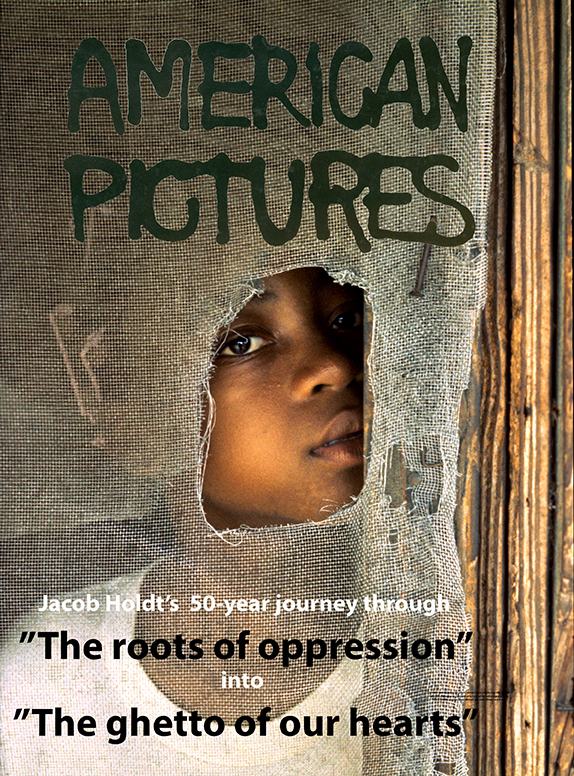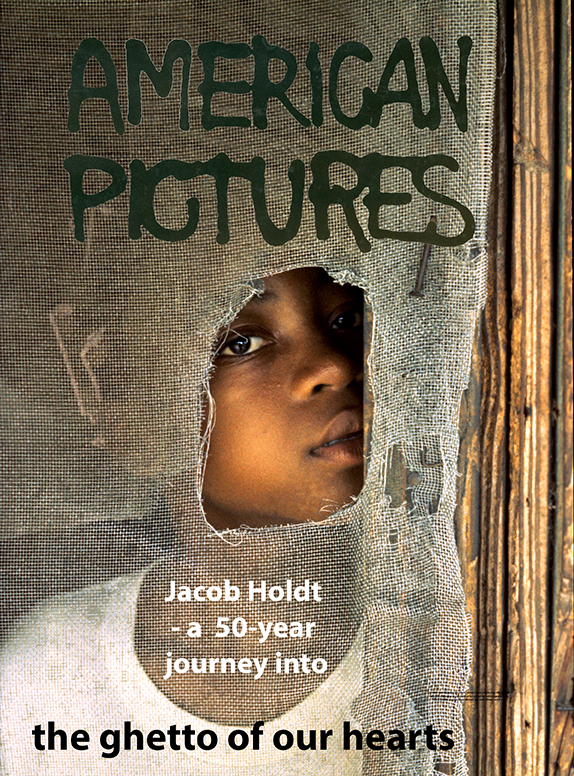|
For literary agents and publisher:
Technical details of the proposed photo book
I decided to use the layout of my old book, "American Pictures" (you
can download it here for comparison),
since it was never published in America, but only printed and sold by myself at
my university lectures.
My Danish printer has given me this offer to print
it for 32 DKr per book for 10,000 copies = $5,12 per book plus
shipping to the US. The quality on glossy photo paper will be similar to
my old book which you can flip through here.
I set up the photos myself in InDesign for a finished 9.4 x 8 inch (24 x 20.2
cm) book. However, the small photos and text would look better if they were
expanded by an inch in each direction, as in
this
10.2 x 8.6 inch (26 x 22 cm) English version, as in
my previous Steidl art photo book
and various museum catalogs, such
as this one from MOMA Louisiana.
My
Gallery V1 in Copenhagen
- which has sold many of my photographs as art and organized
museum exhibitions throughout Europe
- came up with the idea of combining my old political book with an art photo
book in which the best photos are enlarged. This requires more space, so
together with the added chapters about my work with white hate groups,
Rockefeller, etc., the new book is now about 470 pages instead of 304 (without a
longer afterword).
A publisher will later decide which pages and chapters to include, alternative
layouts or other photos from my archive. And the size of the book is of course
determined by the cheapest cost and print run for glossy high quality paper,
shelf space in bookstores, etc.
Alternative ideas for cover and title
 |
 |
Many people suggest that I keep the original, more catchy title "American
Pictures". This could be done with covers like these, so the official title
would be "American Pictures - Roots of Oppression" or
"American Pictures - The Ghetto in Our Hearts" to distinguish it from the old
book.
The text
A publisher might want to have a recognized contemporary black author or artist
write a foreword (such as
Arthur Jafa, whose art was inspired by American Pictures).
I have done enough slide shows to know that, at least in America, my images are
controversial to many when not combined with the text. So a foreword by a
supportive but critical (Black Lives Matter) activist like Sandra Ruffin in my
museum catalog could also be considered (I
asked her to be as critical as possible in this text).
Important! Alternative photos and book
layout
I designed the layout and selected the photos for the book myself. Others - such
as my curators in different countries - would probably have chosen different
photos or even redesigned my entire layout in InDesign.
Here are some of the other images I could have used. The first three digits of
their names - XXX - refer to the pages in the book where they might be used:
Alternatives for first part of
the book
Alternatives for the second
part of the book
Please help me by suggesting better pictures or maybe even an improved layout.
Updates on the people in the book
One thing people have always liked is that, unlike most photographers, I have
kept in touch with the people I started photographing 50 years ago. This allowed
me to present their life stories - all too often from childhood to death - in my
later lectures, and to show an important aspect of American history as it
unfolds. As you will see in this book, the "roots of oppression" also mean the
psychological scars of childhood, often in the form of sexual abuse, which are
later acted out in destructive patterns.
I had hoped to find room for many of these updates in this book, but have
decided to make links to most of them on my website. In many places, I plan to
place these links below the photos or text - perhaps as #update-15 or as
a barcode - so that the reader can immediately see what
later happened to the
people, as here with Renee Yates on page
412. But more often they will be presented on pages set up like those in the
book, so that classes can print them out as extensions of the book.
I also plan to include links to the videos of the songs and interviews so that
readers can listen to them on their mobile devices. Here is the index.
This is also my verification that I am quoting people correctly, like when
serial killers talk about all the black people they murdered.
I look forward to discussing all of this with my publisher. For now, I hope the
book can be published quickly while Black Lives Matter and Critical Race Theory
are being debated.
Sincerely
Jacob Holdt
|

